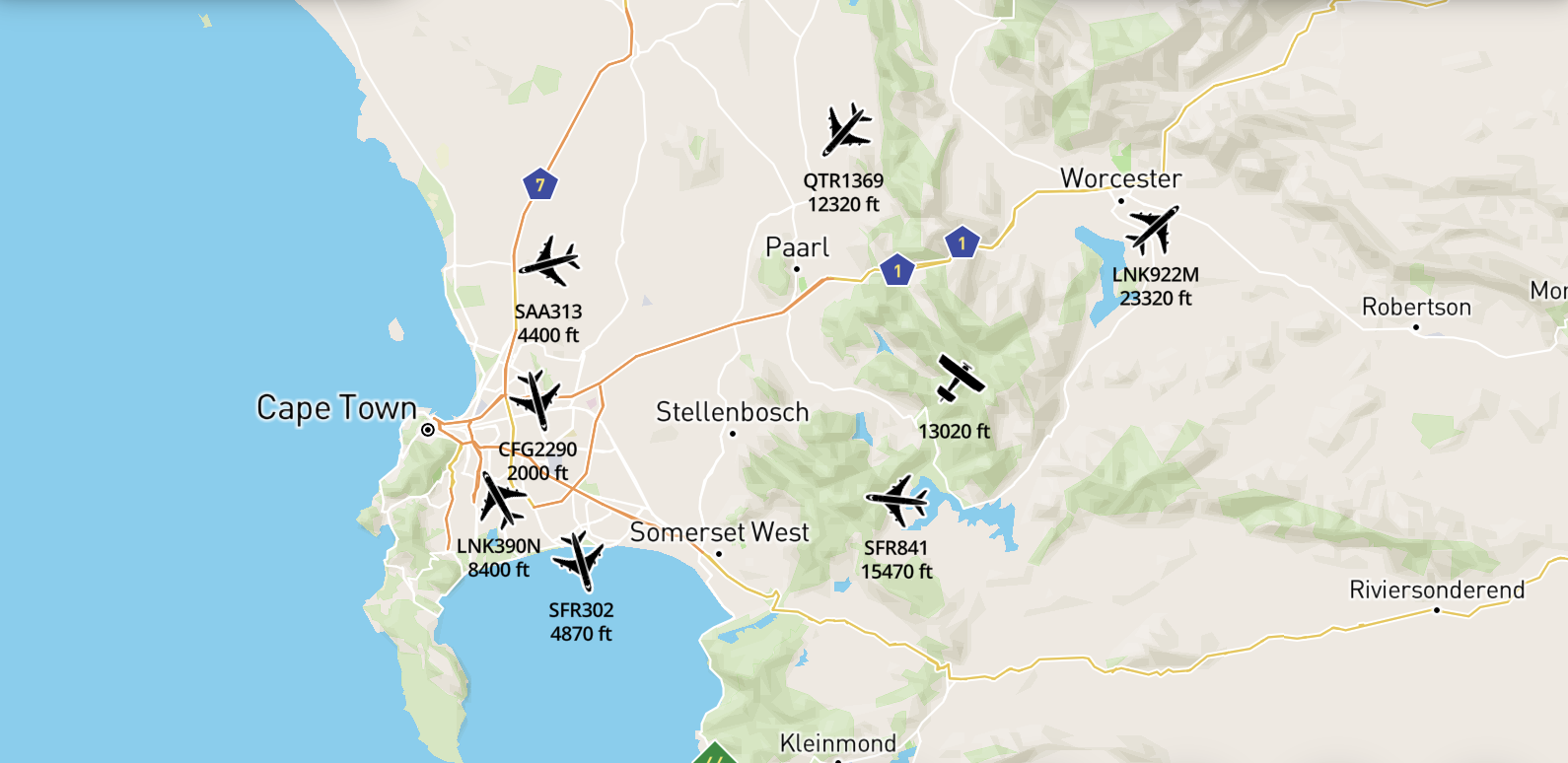Dear pilots,
Summer in the Western Cape is fire season, which means helicopters.
SAHPA has received complaints from the helicopter teams currently fighting the fires in the Cape Winelands. These complaints relate to a paraglider pilot who inadvertently interfered in the fire-fighting operation by flying into their operational zone. The heli pilots attempted to get hold of the PG pilot on radio, but he did not respond. As a result, fire-fighting heli operations were suspended, with aircraft/helicopters circling until the PG pilot had flown away.
Suspending fire-fighting operations has serious ramifications: allowing a fire to rage, putting property and fire-fighters at risk, and also incurs a significant hourly cost of operating multiple helicopters.
These complaints fuel the notion that all SAHPA pilots should carry air-band radios at all times.
- We appeal to all PG/HG/PPG pilots to please stay well clear of any rescue or fire-fighting operations, which includes the fire itself, as well as routes to sources of water (ie. Voëlvlei dam). The fire-fighting helicopters are already challenged by carrying heavy loads, and they may not be aware of a PG pilot nearby. Please bear in mind that helicopter operations will be flying circuits between the fire and a nearby source of water, usually at a low height, and that these routes may change based on operational requirements.
- We also appeal to all pilots to consider making use of an app (such as GaggleApp) that is SafeSky compatible. This allows your position to be plotted on the SafeSky integrated map, and makes it easier for other SafeSky users to ‘see’ you. SAHPA, together with Aero Club and CAASA, supports the SafeSky initiative to ensure maximum visibility.

Thank you,
Louis Stanford
SAHPA Chairman
M: +27 79 143 9009
E: office@sahpa.co.za